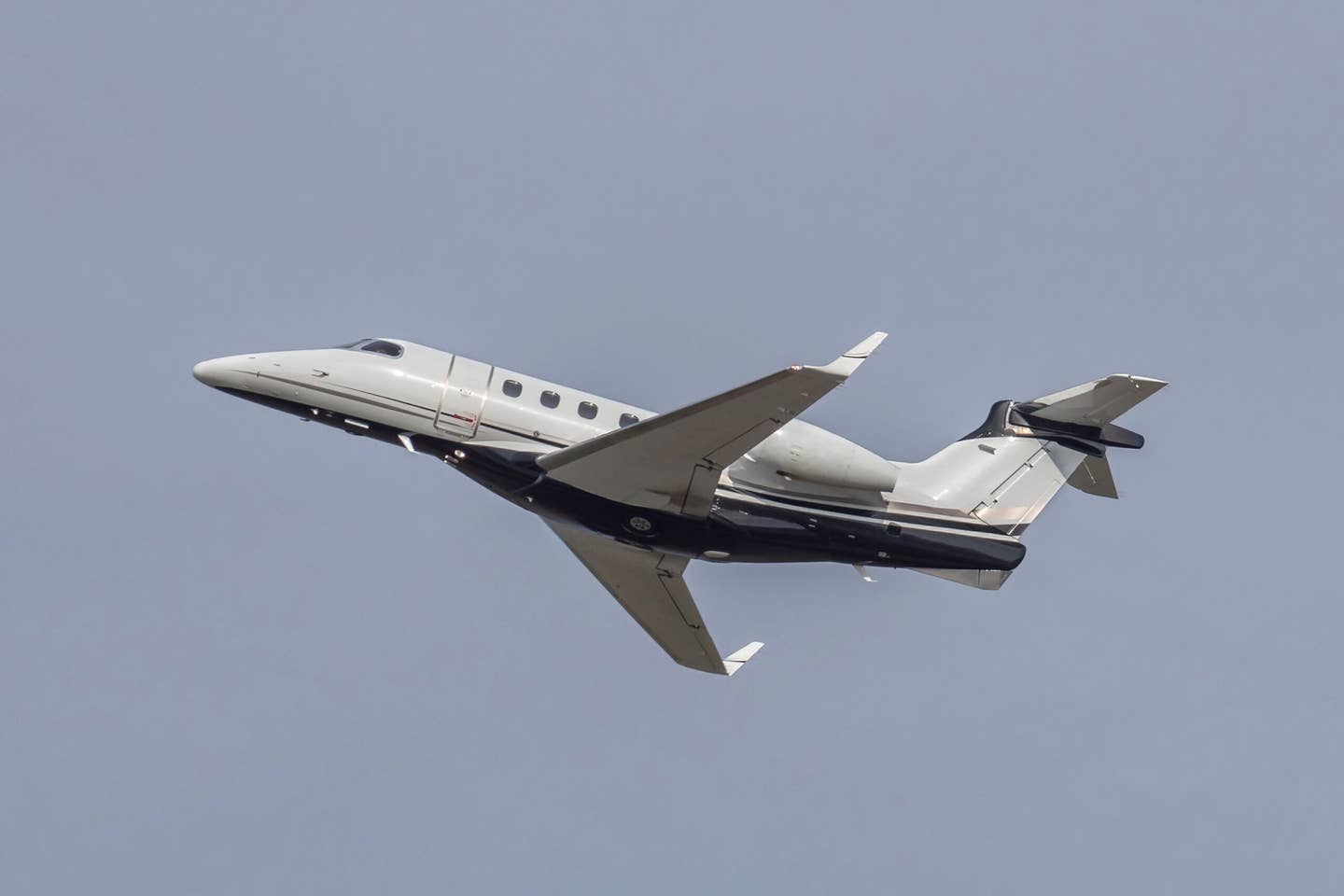
Density altitude affects takeoff, climb, and landing distance. [File photo: Shutterstock]
Learning how to accurately determine the density altitude is a critical skill that all pilots must master to fly safely. Airplanes simply cannot perform as effectively in low-density air, potentially putting pilots, passengers, and other aircraft at risk. Specifically, a high-density altitude can impact aircraft performance during takeoff and climb. It can also affect the distance needed to land safely. Awareness of the density altitude will help you maintain a realistic perspective of the performance capabilities of your aircraft at all times. Here are quick and easy tips on how to determine density altitude.
Save money during flight lessons, and become a better IFR pilot with Sporty’s complete Instrument Rating Course.
Download NowWhat Is Density Altitude?
Density altitude is formally defined as the “pressure altitude corrected for nonstandard temperature variations.” That’s just a fancy way of saying density altitude is where the airplane “feels” like it is. For example, if the density altitude is 5,000 feet at sea level, your airplane is going to take off like it’s already flying at 5,000 feet. This is due to the fact that air density decreases at higher altitudes.
Why Is Density Altitude Important?
Pilots need to know the density altitude to operate aircraft safely during flight. It directly impacts an airplane’s ability to fly effectively.
Density Altitude Impacts Takeoff, Climb, and Landing Distance
High air density altitude has a negative impact on aerodynamic performance. It decreases the horsepower output of an aircraft’s engine. High air density altitude requires airplanes to increase their takeoff distance. It reduces an airplane’s rate of climb. High air density altitude also requires increased distance for a landing roll.
Most Dangerous Density Altitude Conditions
The most dangerous combination of density altitude conditions include a heavy load, high temperature, high airport elevation, and high humidity. High, hot, humid, and heavy is a very bad combination, but an aircraft needs only be experiencing one to have its performance decreased by density altitude.
How Does Density Altitude Affect Aircraft Performance?
When density altitude increases, it decreases the amount of available power that can be produced by an airplane’s engine. It also decreases the effectiveness of airplane propellers. For a typical non-turbocharged, light, single-engine airplane, this can result in a takeoff roll that’s 25 percent longer for every 1,000 feet of elevation above sea level.
Pilots are taught to determine their takeoff roll using performance charts in the Pilots Operating Handbook—sort of the owner’s manual for the airplane that indicates what performance they can expect given selected power settings and the atmospheric conditions.
Density Altitude vs Pressure Altitude
Here’s the difference between density altitude and pressure altitude: Pressure altitude is the altitude read off the face of the altimeter when the 29.92 in Hg is set in the Kollsman window of the instrument (or 1013 hPa if you are going metric.) Density altitude is pressure altitude corrected for nonstandard temperature variations.
The standard temperature is 15 degrees Celsius at sea level or 59 degrees Fahrenheit.
What Is an E6B Flight Computer?
An E6B flight computer (or E6B app) can be used as a density altitude calculator as well as a way to quickly access key data for flight planning and navigation By entering specific information for outside air temperature (OAT) and pressure altitude, the E6B flight computer will help you determine the current density altitude.
How to Determine Pressure Altitude
To determine the pressure altitude, set the window in the altimeter to 29.92. Whatever value it reads is the pressure altitude.
If you don’t have access to an altimeter, you can determine pressure altitude by using this formula: (standard pressure minus your current pressure setting) times 1,000 plus field elevation equals pressure altitude.
For example: Let’s say the current altimeter setting is 29.45 and the field elevation is 5,000 feet. Plugging these numbers into the pressure altitude formula, you get: (29.92 – 29.45) x 1,000 + 5,000 = 5,470 feet.
According to the formula, your pressure altitude is 5,470 feet.
How to Determine Outside Air Temperature (OAT)
To determine the outside air temperature (OAT) in degrees Celsius, simply check the outside air temperature gauge or obtain the information by the airport terminal information system or aviation weather briefing.
Using a Density Altitude Chart
If you don’t have an E6B flight computer, it’s easy to determine the density altitude by using a density altitude chart. Here’s how:
- Adjust for field elevation using numbers on the right side of the chart.
- Use the table on the right to adjust for the difference between standard pressure and pressure at the airport.
- Find adjusted elevation on the left side of the graph.
- Find temperature at bottom of graph.
- The point where those values intersect is the density altitude.
Reliable Resource for Pilots
Now that you know the important details surrounding density altitude, why it’s important, and how to calculate the density altitude, here’s a well-known and reliable resource for all your pilot interests and questions: FLYING Magazine. Click here to start your subscription.

Subscribe to Our Newsletter
Get the latest FLYING stories delivered directly to your inbox







